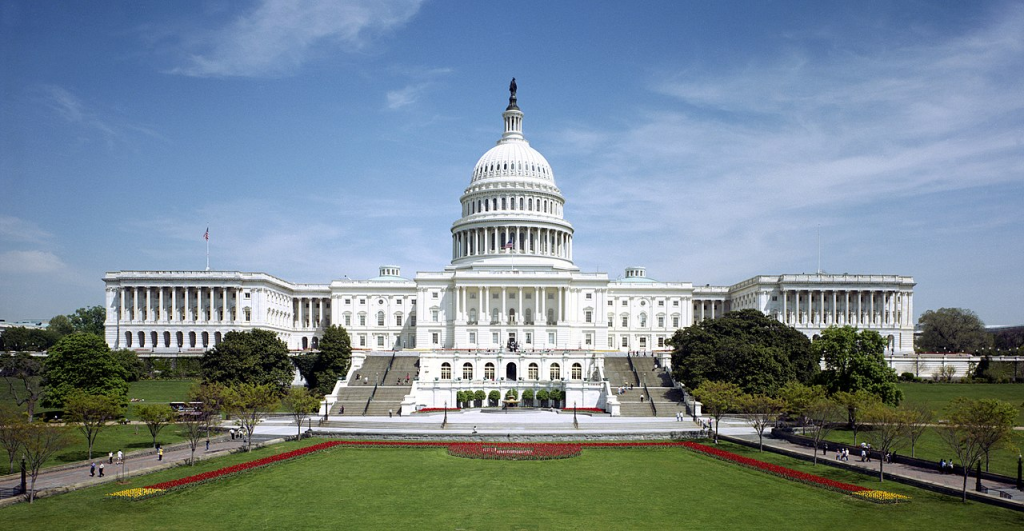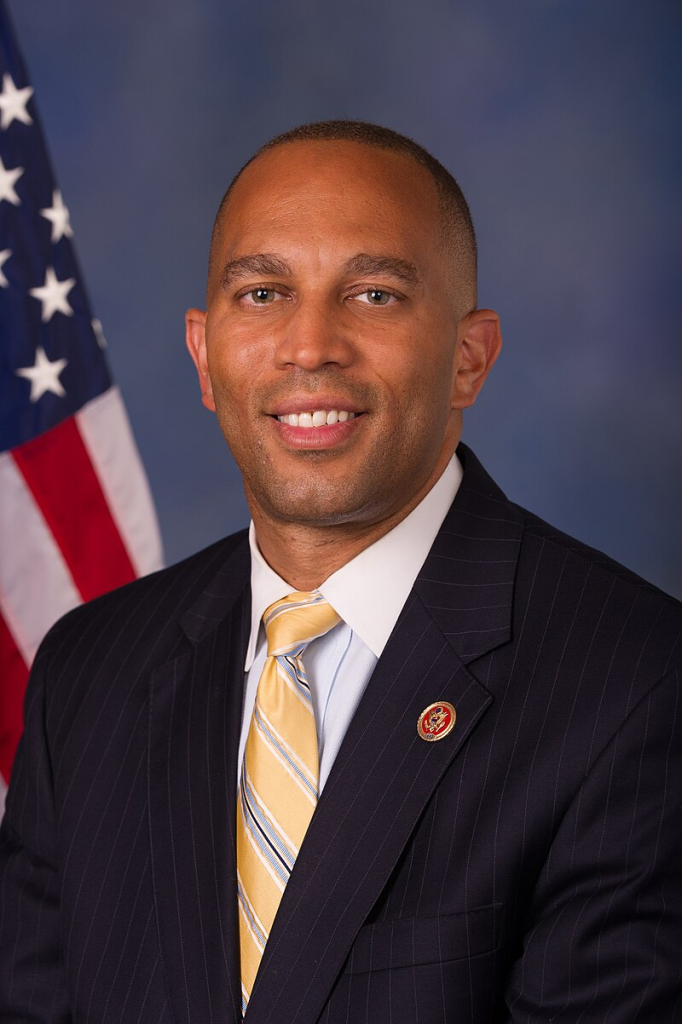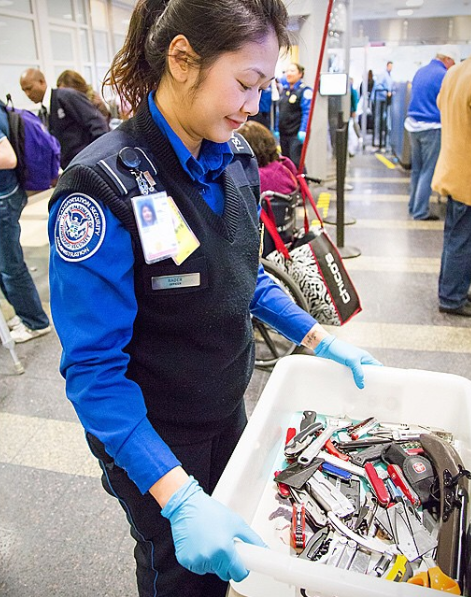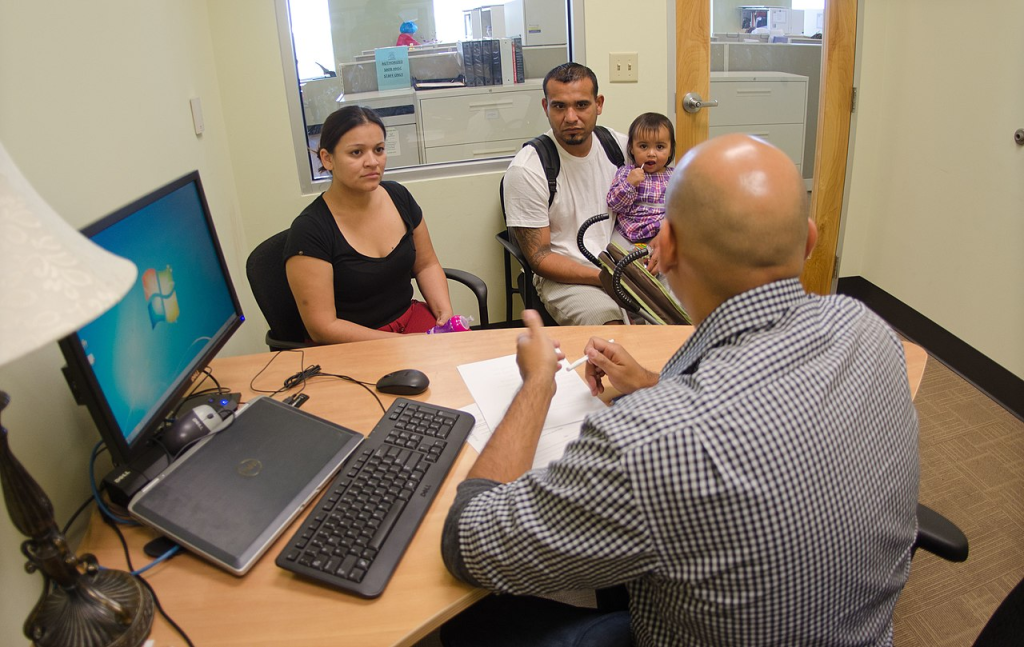
As the federal government shutdown reaches its twentieth day, the country’s mood has changed from frustrated to downright baffled. In Congress, two consecutive failed attempts at a Senate vote have left politicians mired in a political stalemate, Monday’s planned vote to reopen the government decisively predicted to fail. The question looming over Washington and looming over millions of Americans is basic: how much longer?

1. The Stalemate in Congress
The Senate has already rejected multiple funding bills, unable to secure the 60 votes needed to break the impasse. Democrats insist any agreement must include provisions to protect health care subsidies, while Republicans refuse to negotiate until the government is fully reopened. “We’re not conducting negotiations in a hostage situation,” Senate Majority Leader John Thune said, underscoring the entrenched positions. House Democratic leader Hakeem Jeffries responded his caucus “will not bend and will not break because we are standing up for the American people.”

2. Federal Workers in the Squeeze
Across the country, about 750,000 federal employees are furloughed daily, the Congressional Budget Office estimates, while “excepted” employees who count air traffic controllers and TSA agents work unpaid. A 2019 law pays back pay when the shutdown is over but eases little of the near-term economic sting. Food banks, such as the Capital Area Food Bank, have increased distributions to enable contractors and workers to cover the gap. Cost to taxpayers for paying furloughed non-contributing workers is estimated at $400 million daily.

3. Courts Squeezed
The courts’ reserve funds have been depleted, and courts have needed to scale back operations. Some, such as the District Court of the Middle District of Alabama, closed on Fridays, while others have sent staff on furlough for the first time in decades. “I am concerned a lack of appropriation will lead to Court delays in dispensing speedy justice,” said Chief Judge Virginia Kendall of the Northern District of Illinois. Essential services remain open, but skeleton crews continue to keep casework moving.

4. SNAP and WIC on the Brink
Food program subsidies remain to date, but the White House threatened that WIC and SNAP funds will run out if the government is kept in shutdown mode. SNAP assists 42 million low-income Americans, and several states, such as Texas and Pennsylvania, already said benefits can terminate as early as November 1. WIC, which assists over 7 million mothers, infants, and young children, was funded for emergency purposes up to October 31 but is held hostage by the same impending deadline. “Without further appropriations families [may be] denied access to the services they need,” National WIC Association CEO Georgia Machell said.

5. Economic Ripples
The economic cost of the shutdown accumulates week by week. According to Oxford Economics, the GDP growth loss equals 0.1 to 0.2 percentage point per week, and U.S. Travel Association puts the losses in travel economy at $1 billion per week. Small businesses are losing as the Small Business Administration suspends new loans of approximately $860 million per week. Delays in flights are adding up as air traffic controller positions remain vacant at crowded airports.

6. Historical Background
Recent shutdowns have a dismal timetable. President Trump’s first term had the longest ever at 35 days. The government shut twice in 1995-96 for 26 total days. They did finally conclude in compromise, but the current impasse shows no signs of letting up. Goldman Sachs pegs the estimate of a 0.15 percentage point reduction in quarterly annualized GDP growth in the fourth quarter if the shutdown persists with activity picking up only when the government resumes operation.

7. Shutdown Anxiety Management
For government workers and those who depend on government services, the uncertainty is almost choking. Experts suggest sound advice on how to stay grounded: do not take the shutdown personally, remain in touch with managers and colleagues to keep up morale, and channel anxiety in positive activities such as exercise or spending time with family. News coverage avoidance can help alleviate anxiety, and making calls to congressional leaders as private citizens guarantees that opinions are heard.

8. The Uneven Impact
All the agencies are not hit the same way. The Department of Homeland Security, for instance, exempts 95% of its employees from a furlough since they are funded from other accounts. Some, like the Bureau of Labor Statistics, have had operations put much activity into a near-standstill, waiting for crucial releases of economic data. Active-duty military are still on duty but without anticipated paychecks until Congress passes something.

The twentieth day of the government shutdown comes and goes without word of an impending breakthrough, as millions live out the personal, financial, and emotional burdens of Washington’s political stalemate. For them, the only way out is to concentrate on what they can control personal finance, neighborhood unity, and personal well-being and wait for Washington to crack its logjam.


